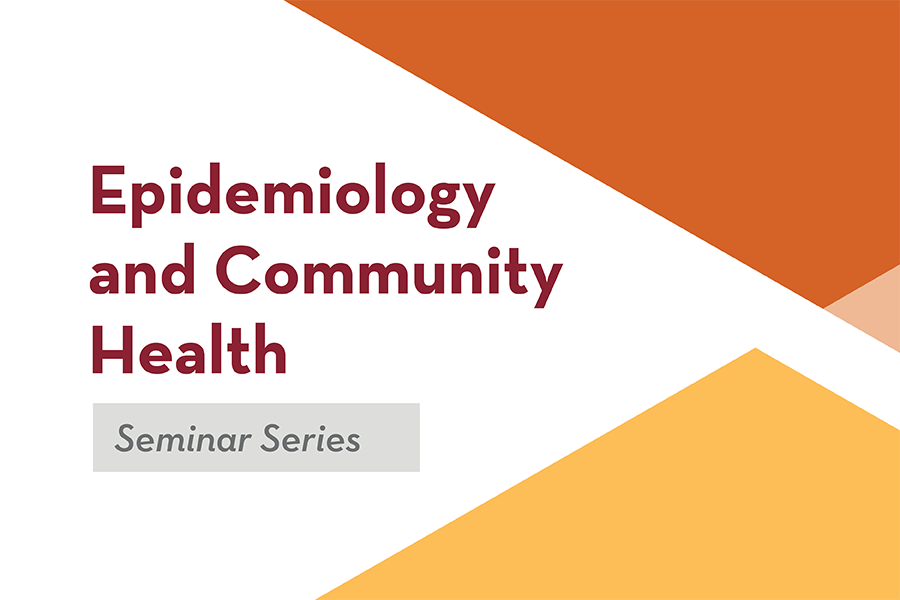Most research on housing and health focuses on housing affordability and stability, although housing quality remains an important determinant of child health disparities. Federal housing assistance programs, particularly public housing, have received recent criticism for quality concerns, especially those related to lead. We use NHANES data linked to HUD administrative records and a quasi-experimental approach to study the effects of housing assistance programs on blood lead levels. We find that current housing assistance recipients have significantly lower blood lead (1.06 µg/dL) than those who would enter within two years (1.21 µg/dL), a 12% reduction. This protective effect was strongest for public housing (20% reduction). Housing assistance was also associated with a 40% reduction in the odds of elevated blood lead (≥3.5 µg/dL). These findings indicate not only that housing assistance can be a valuable means to reduce lead exposure. Additionally, public housing appears to receive a greater amount of criticism about quality concerns than may be warranted given the actual quality.

- This event has passed.
Event Series:
EpiCH Seminar Series
Understanding the Social Determinants of Lead Exposure: The Role of Housing Assistance Programs
February 2, 2024 @ 10:00 am - 11:00 am CST


